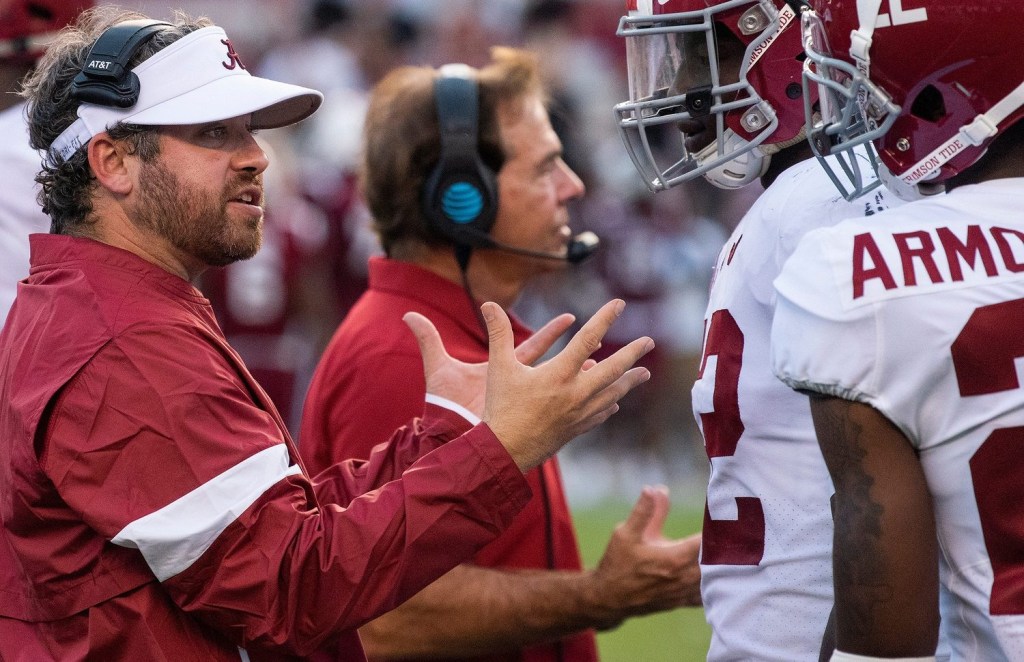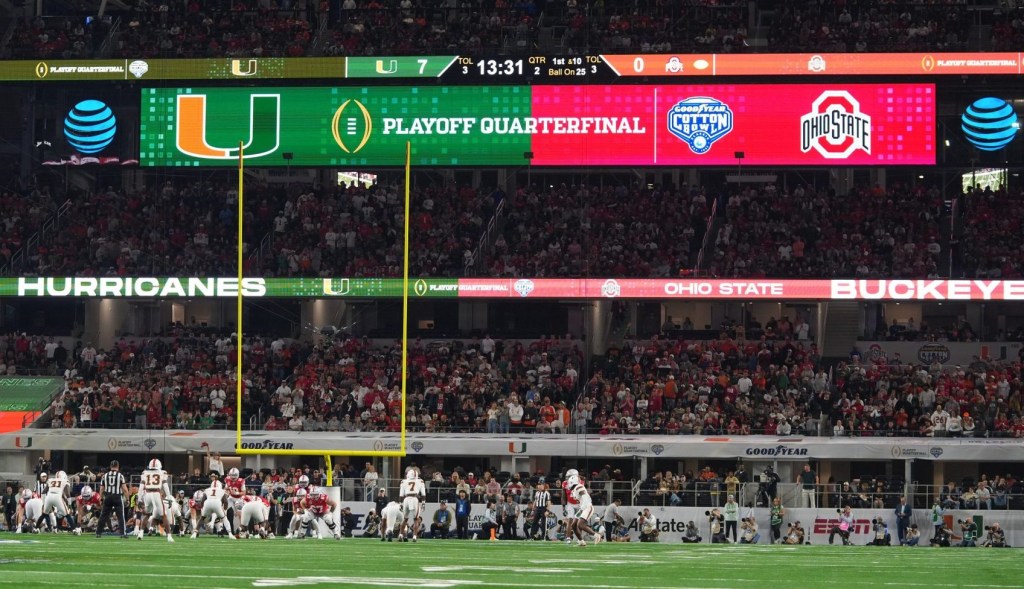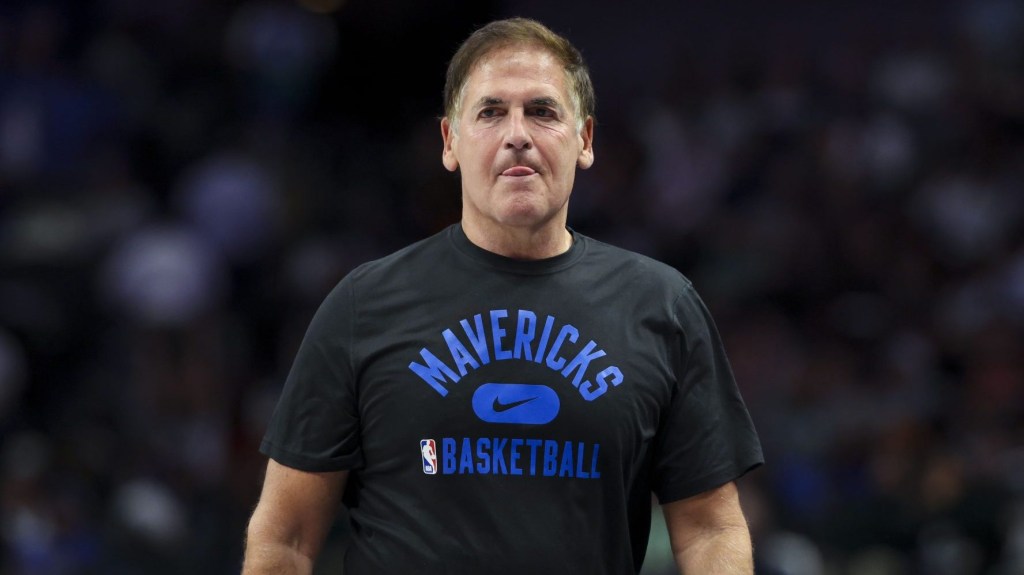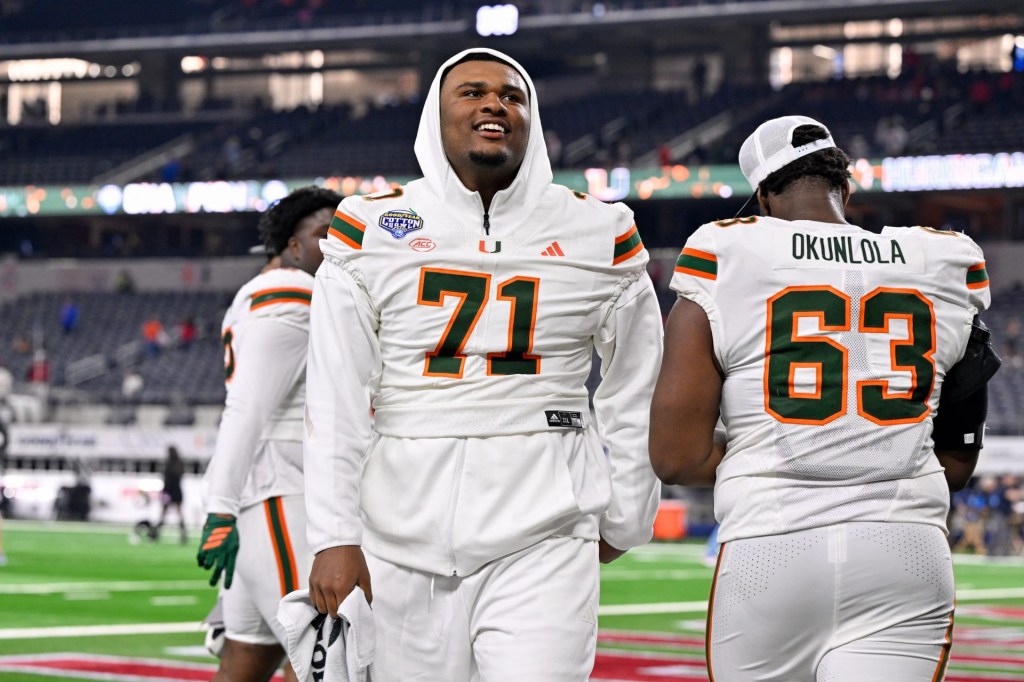On Saturday night, Cal and UCLA will face off in the final regular-season football game for the Pac-12 as we know it. Going forward, the conference will only have two schools and no media deal.
Beginning in 2024, Oregon State and Washington State will be the only remaining members. The dominos began to fall with UCLA and USC, which announced their intentions to join the Big Ten in 2022, and continued this summer with the exits of Colorado, Arizona, Utah, and Arizona State to the Big 12 and Stanford and Cal to the ACC.
The reason for the collapse: The conference failed to put together a compelling offer for a new media rights package. The final offer was a deal with Apple that guaranteed little more than $20 million per school and provided far less reach than the linear networks offered to the Pac-12’s competitors.
Oregon State and Washington State have been working together to try to save the conference, but its short- and long-term future is unclear.
But unlike other realignment moves, its fate will be determined by a legal dispute in Washington state court.
“How long would it take TV money to destroy college football?” Washington State head coach Jake Dickert asked at the time. “Maybe we’re here.”
Battle In Court
In the weeks following the Pac-12’s collapse, OSU and WSU began exploring how they might rebuild the conference — which officials said was their preference, as opposed to abandoning the Pac-12 and joining other conferences.
To do so, the conference would have two years to find at least six new members — and then a media deal — since NCAA rules state that conferences must have eight total members in order to maintain their FBS status. The College Football Playoff also inked a rule prohibiting conferences with fewer than eight members from receiving an automatic bid in the CFP.
But OSU and WSU couldn’t begin to rebuild the Pac-12 without knowing who owned it. Departing schools, which claimed jurisdiction over the Pac-12’s assets, could have voted to dissolve the conference altogether — and take the money for themselves.
To stop them, OSU and WSU filed a lawsuit in local Washington court in December, asking a judge to decide who has jurisdiction.
“WSU and OSU are working in lockstep to identify the best path forward,” Washington State president Kirk Schulz previously said. “The future of the Pac-12 must be determined by the remaining members, not by those who are leaving.”
OSU and WSU argued that schools immediately forfeited their position on the conference board upon announcing their intent to depart. The departing schools argued a different interpretation, making an emotional appeal that OSU and WSU shouldn’t be the sole arbiters of an entire conference’s assets.
Last week, a judge ruled in OSU and WSU’s favor, granting the two schools sole voting power on the Pac-12’s board and therefore control of the conference’s assets, liabilities, and intellectual property. The ruling was a preliminary injunction, to stay in effect until the lawsuit went to trial.
As a result, the departing schools represented by Washington immediately protested the ruling through an appeal to the state Supreme Court. They succeeded in delaying the decision from going into effect for at least a month.
“If OSU and WSU seize control of the Board, they will be free to swiftly rewrite the Conference’s rules, terminate or suspend members, and distribute the Conference’s hundreds of millions of dollars in revenues to the detriment of the student-athletes of the 10 remaining Conference members,” Washington wrote in its brief.
OSU and WSU have asked for an expedited ruling.
An Uncertain Future
If the preliminary injunction goes into effect, OSU and WSU would have three options.
They could operate as a two-team conference for next season with a scheduling partnership, look for new members, or join another conference and bring the Pac-12’s intellectual property and assets with it.
The Mountain West has been in conversations with OSU and WSU about a type of scheduling partnership for next year, according to reports, which also suggests that the Pac-12 leftovers are not looking to poach Mountain West schools.
However, the third option was at one point the most talked-about, at least within the Mountain West, as Front Office Sports previously reported. It would allow the Mountain West to gain new members and potentially a more recognizable brand.
It’s not all positive, however. The conference is involved in significant litigation as well as a financial dispute with Comcast. Whoever assumes control would have to contend with these liabilities, as well as the Pac-12’s pot of gold.
OSU and WSU will have fewer options if they lose.
The court’s previous temporary restraining order, which gives all 12 schools voting power but requires unanimous agreement to convene on a certain issue, would protect OSU and WSU from being outvoted on dissolving the conference.
If all 12 schools are granted general voting rights with no restrictions, however, then the departing members could vote to dissolve the conference, divvy up the remaining revenue, and leave OSU and WSU high and dry.
In either of the scenarios in which OSU and WSU don’t have sole control of the Pac-12’s assets and intellectual property, they’d probably be forced to find new conference homes — signifying the death of the Pac-12 for good.


















